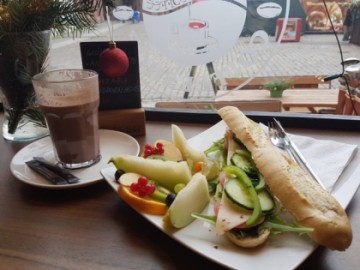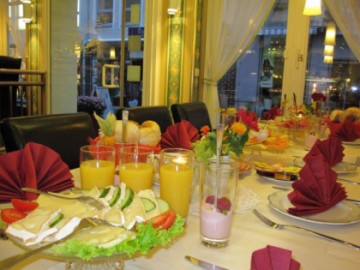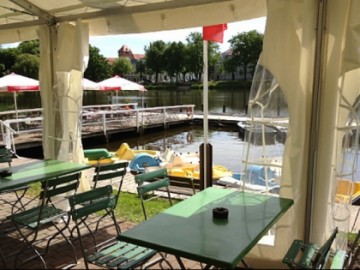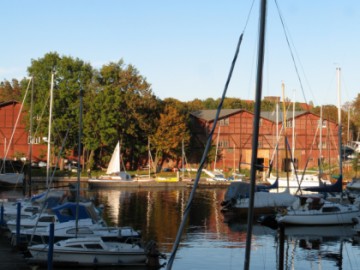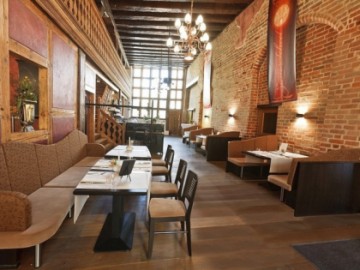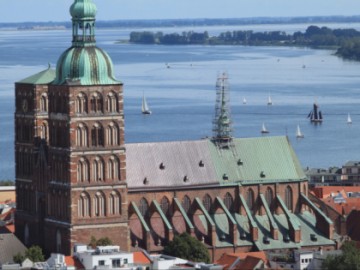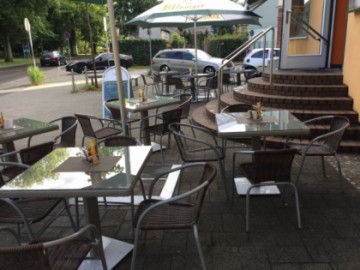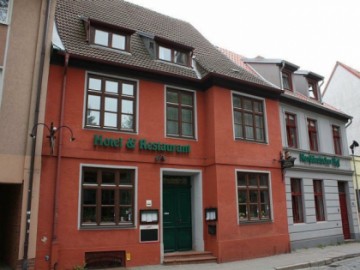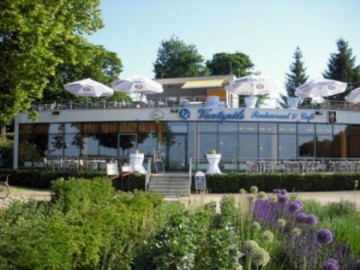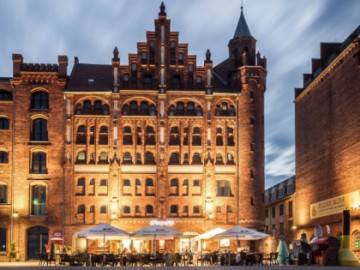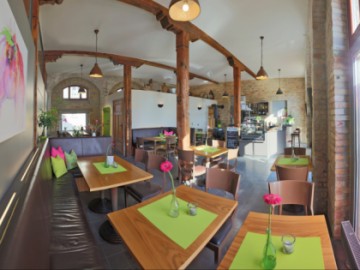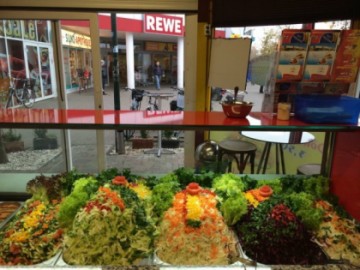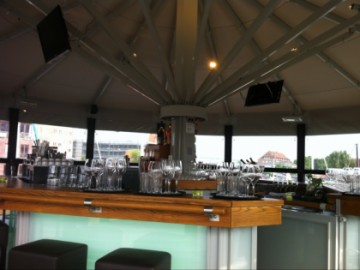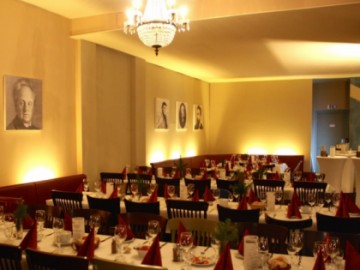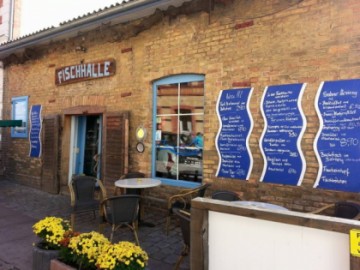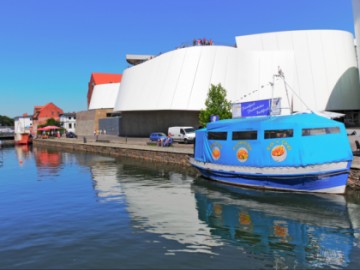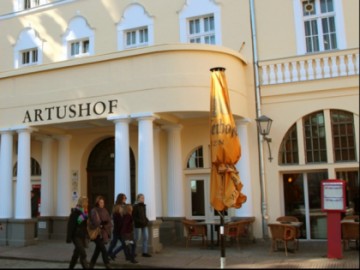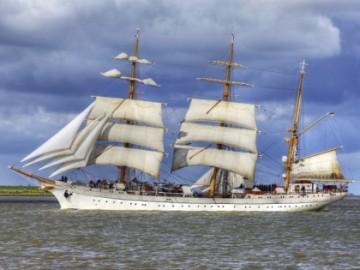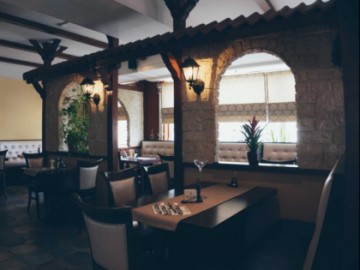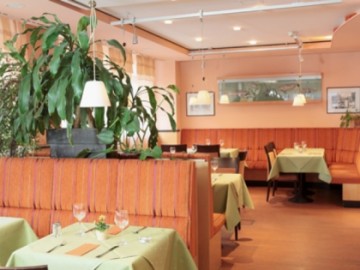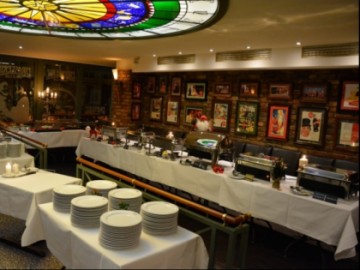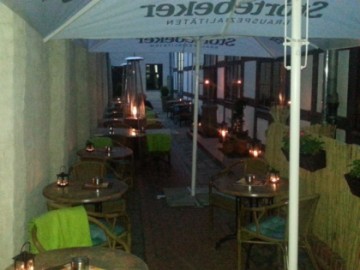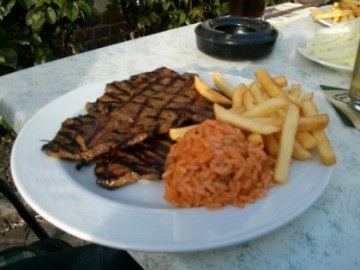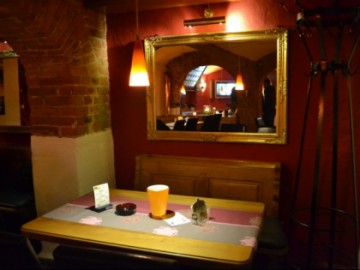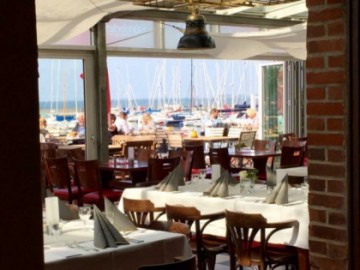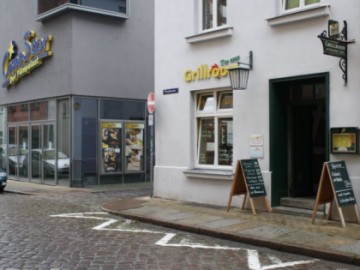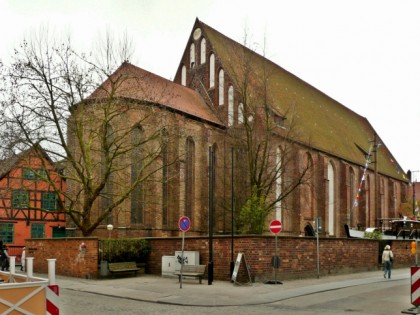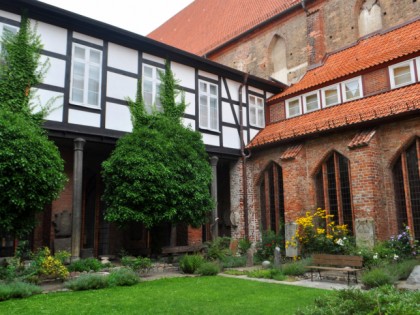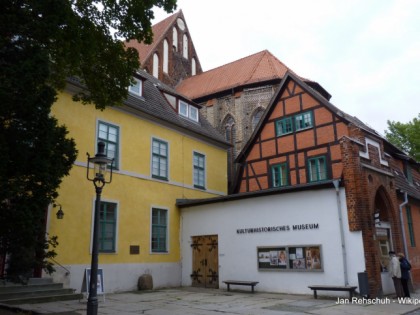St. Catherine’s Monastery: Storage of Historical Items
Thisexample of the north German brick Gothic-style is called a monastery out ofhabit. Being founded by the monks of the Order of Preachers (Dominican Order), theMonastery of St. Catherine was dissolved during the time of the Reformation inthe XIII century. Then the building was used as a gymnasium and a children'sshelter, and the monastery church was the armory. Now, a branch of the Museumof Cultural History (Kulturhistorisches Museum) is there.
Having become a culturalhistory museum, St. Catherine’s Monastery has collected religious art items underits roof - Gothic altars and sculptures, church paraphernalia, priestlyvestments. The historical component is represented by archaeological finds,reflecting the life of the Hanseatic merchants and of Stralsund’s residents. Theexhibition there includes examples of Stralsund’s faience, playing cards fromthe local factory, a collection of coins, gold jewelery weighing half a kilo thatbelonged to the king of the Vikings Harald Bluetooth, and paintings andgraphics of regional artists. The collection of Governor-General Axel vonLeuven, who served here in the XVIII century, was given to the museum in memoryof the Swedish dominion. It includes books, weapons, navigation andastronomical instruments, notebooks with records of Johannes Kepler and TychoBrahe.

